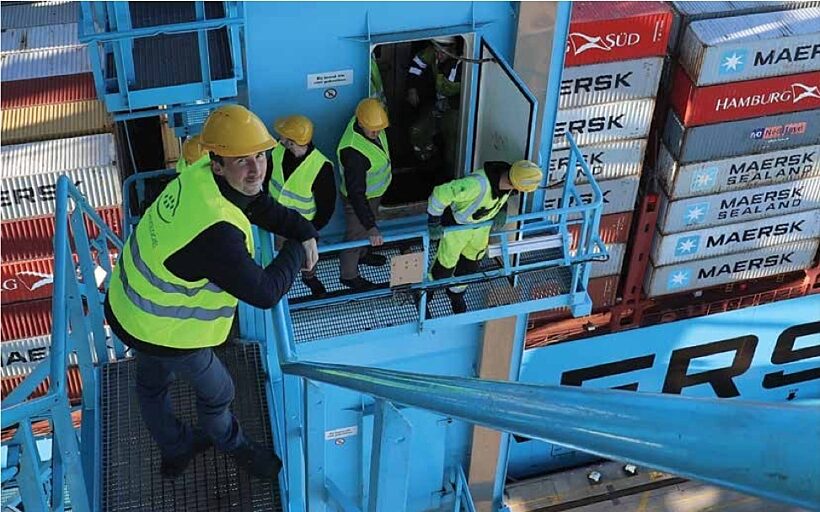Real Time Track & Trace
From real-time container tracking to CHE collision avoidance, Camco RTLS technology provides more data on the container and terminal assets' location, empowering automation and increasing safety.
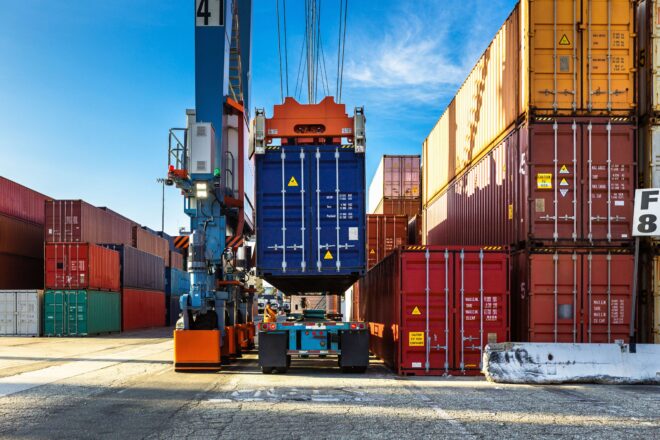
Keeping track of containers in the terminal
While our Camco AI-enabled cameras provide truck and container information on fixed transfer points at a specific time, our Real-Time Location System (RTLS) technology keeps track of moving container and container handling equipment in real-time.
Not the container as such is tracked, but the equipment carrying the container: straddle carriers, terminal trucks, reach stackers, or empties handlers.
Combining static and dynamic data capture systems offer a unique opportunity to track and trace containers everywhere and in real-time, offering essential data for operations planning.
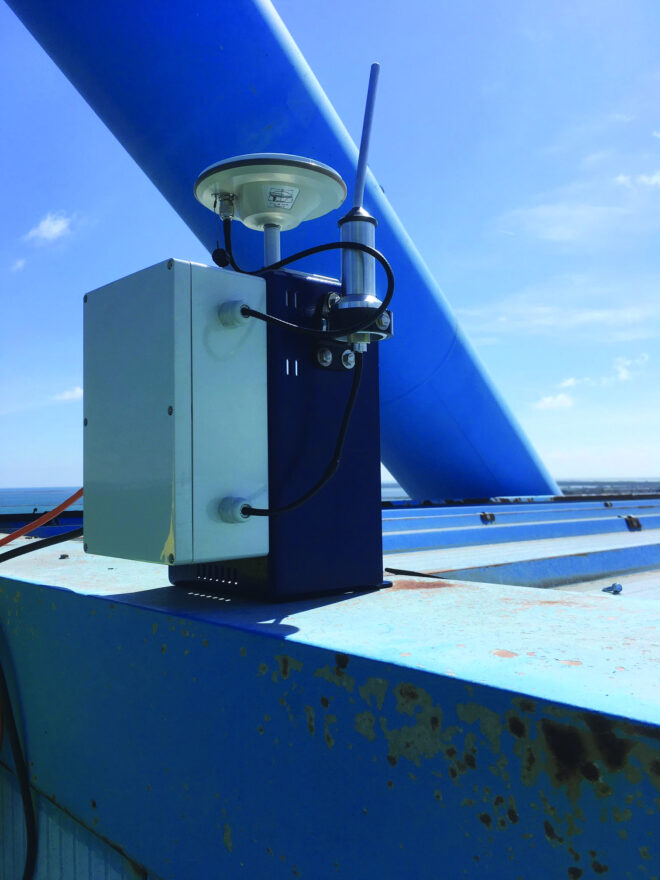
Combining GNSS and UWB technology
Depending on the application and location, Camco uses Global Navigation Satellite System (GNSS) and Ultra-Wide Band (UWB) technology for calculating object location.
By combining GNSS, UWB, and RFID distance ranging technologies, the position can be accurately measured, even in obstructed or difficult areas such as under the ship-to-shore crane, near the (A)RMG crane, or a vessel.
All Camco RTLS solutions rely on proprietary hardware and in-house software development.
- The RTLS hardware comprises an RTLS-MLT controller, RTLS-GNSS/radio receivers, MLT-UWB antennas, and RFID readers.
- The software suite includes truck/straddle carrier embedded software as well as applications for the central server room.
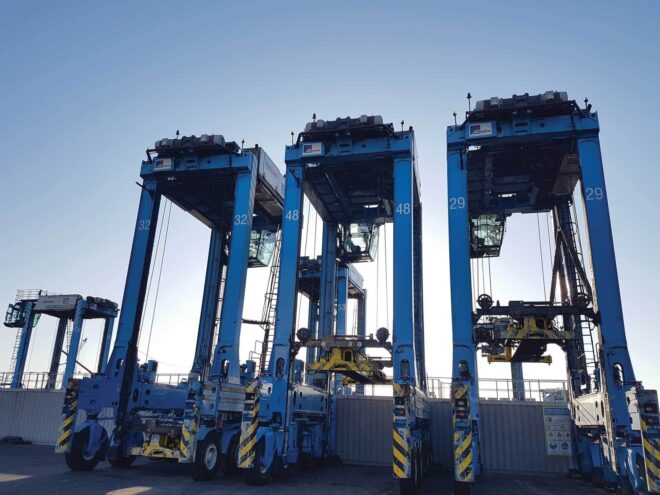
Camco RTLS applications
The Camco range of RTLS applications includes
- Anti-collision system for straddle carriers
- Straddle Carrier alignment under STS-cranes
- Yard inventory assistance
- Job-stepping
- Detection of quay-workers under STS-cranes
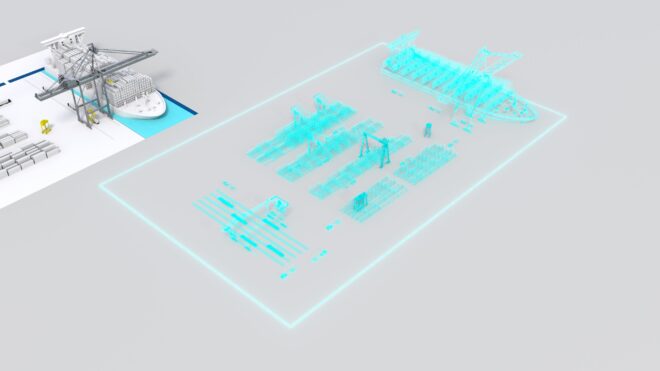
Digital Twin
The combination of both static and dynamic containers and data on IoT-enabled CHE has enabled Camco Technologies to develop new automation applications like Digital Twin technology.
Having a visually accurate interactive digital model of the terminal, containers, and moving equipment that updates in real-time with all current activities, the Digital Twin allows for identifying weaknesses, testing process changes, and calculating cost savings and performance improvements.
The virtual twin can, for instance, test potential ways to speed up loading and unloading, and ways to accommodate more vessels.
From tracking containers to preventing collision, our RTLS technology solutions help to improve operations and safety.
